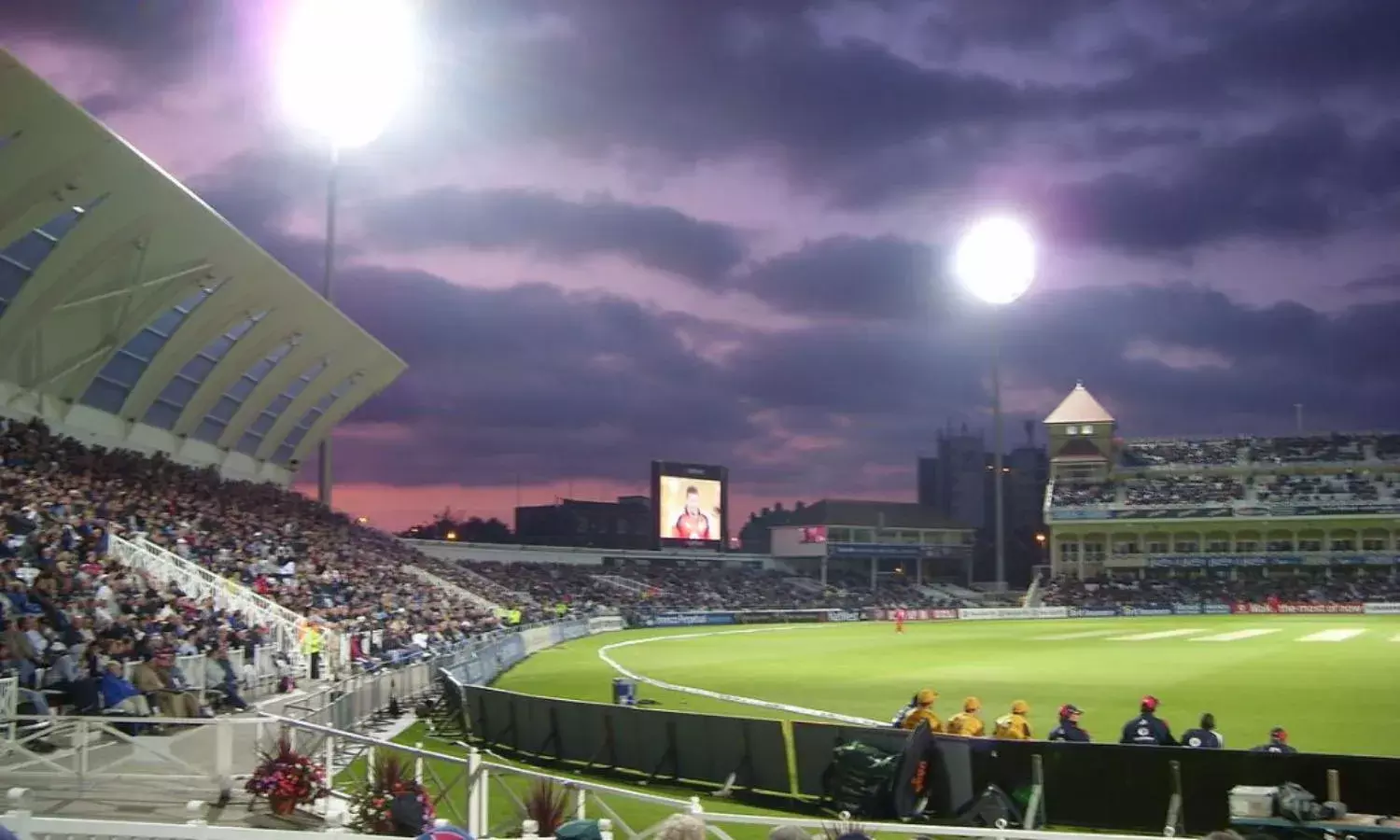Test Cricket Under Lights Is The Way Forward
India and Bangladesh to be played at the Eden Gardens will be a day/night game

Tradition bound cricket has always been slow to change and therefore lags behind the times. It took a visionary like Australian TV tycoon Kerry Packer to shake up the game’s administrators asleep in their ivory towers to show them that cricket must move with changing trends. His World Series Cricket and the innovations that went with it – night cricket, coloured clothing, white balls, black sight screens et al – woke up the officials from their slumber and very soon what Packer had initiated became the template for the game. Audiences hungry for something different, something that moved at a faster pace and provided a lot more entertainment lapped it up and the tone was set for the future of the game.
It was the same with T-20 cricket and the various franchise level competitions around the world. It was clear that the public had become bored with a surfeit of ODIs with the all too predictable middle overs in particular coming in for much criticism. Twenty over cricket was obviously the next step to take the game and its finances forward. Again it took some time for the administrators to come to terms with the reality of the situation but these days it is this format that is dominating world cricket.
Similarly those running the game should have realized well before they did that day/night Test cricket is the way forward. While interest in the sport’s traditional format has remained high the attendances at the stadium had dipped alarmingly leading many to question whether five-day cricket had a future. Suggestions that day/night Test cricket might be a solution were widely welcomed. A few years ago when the idea was mooted former Australian captain Steve Waugh said ''a day/night Test would be a chance to be part of history by taking the game in a different direction and Test cricket needs a few changes to get people back on board and watching it.’’
Waugh received enthusiastic support from then Pakistan captain Shahid Afridi who felt that in a changing world it was necessary to move with the times. ''When you can have Twenty20 cricket and 50 overs cricket under lights why not Test matches? I think it would increase the crowd participation and increase revenues and viewership for Tests.’’
Since then there have been a few day/night Test matches with Australia and New Zealand taking the lead by playing the first-ever such game at Adelaide in November 2015. Since then other countries have followed suit but surprisingly India along with Bangladesh and the new full members Afghanistan and Ireland have yet to play a Test under lights. India were marked down to play a day/night Test against Australia on the 2018-19 tour but they turned down the ACB request.
So the news that the second Test between India and Bangladesh to be played at the Eden Gardens from November 22 will be a day/night game is to be welcomed. Test cricket under lights is the way forward and it is time the administrators accept it.
At least the new BCCI president is all in favour of it. Sourav Ganguly has spoken of the need to evolve and has pointedly said that day/night Tests is part of this process. And when he said that Indian captain Virat Kohli was also on board regarding the idea it was only a matter of time before it was all put into action. ''The game needs to go forward and this is the way forward. People should finish work and come to watch the cricketers in action. I am sure it will happen soon,’’ commented Ganguly at a recent Cricket Association of Bengal function got up to felicitate him on becoming BCCI president.
Even earlier when he was head of the BCCI’s technical committee Ganguly had been pushing for India to play with the pink ball. In the past he had recommended that the BCCI continue to invest in playing Duleep Trophy matches under lights an experiment first tried out in 2016. This season too the Board had initially planned for the Duleep Trophy final to be a day/night affair only to change its mind at the last minute.



